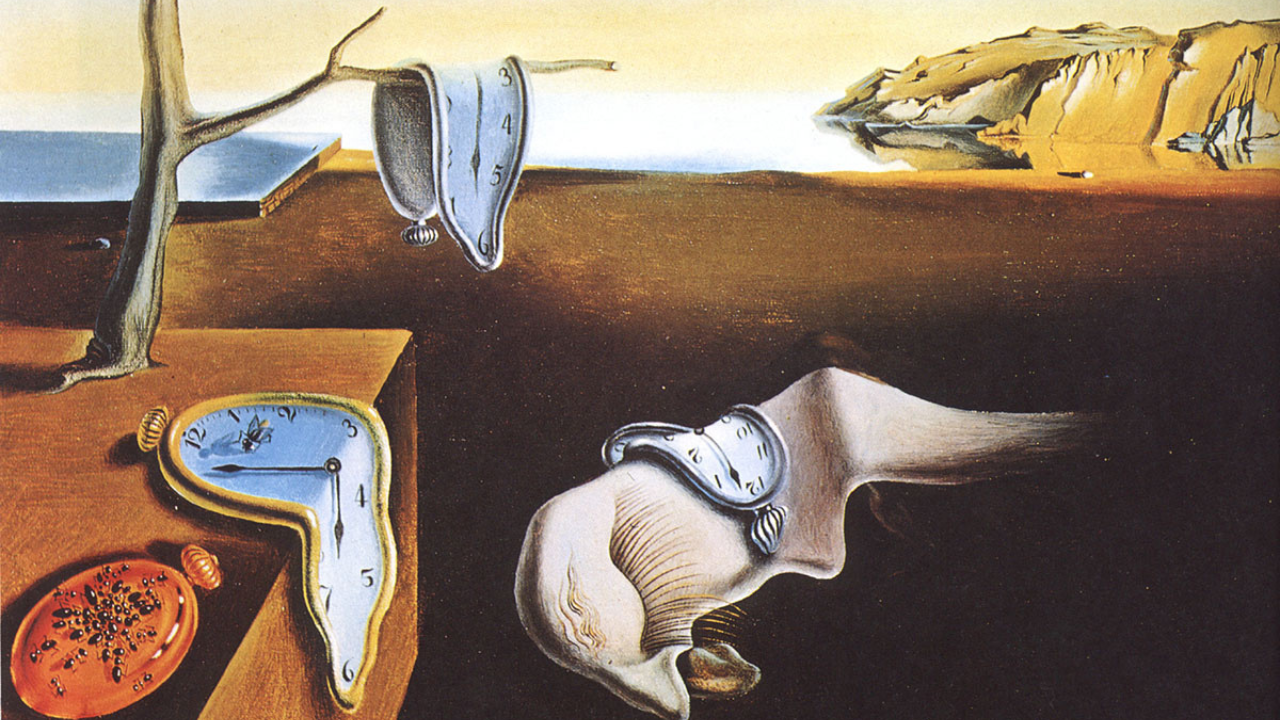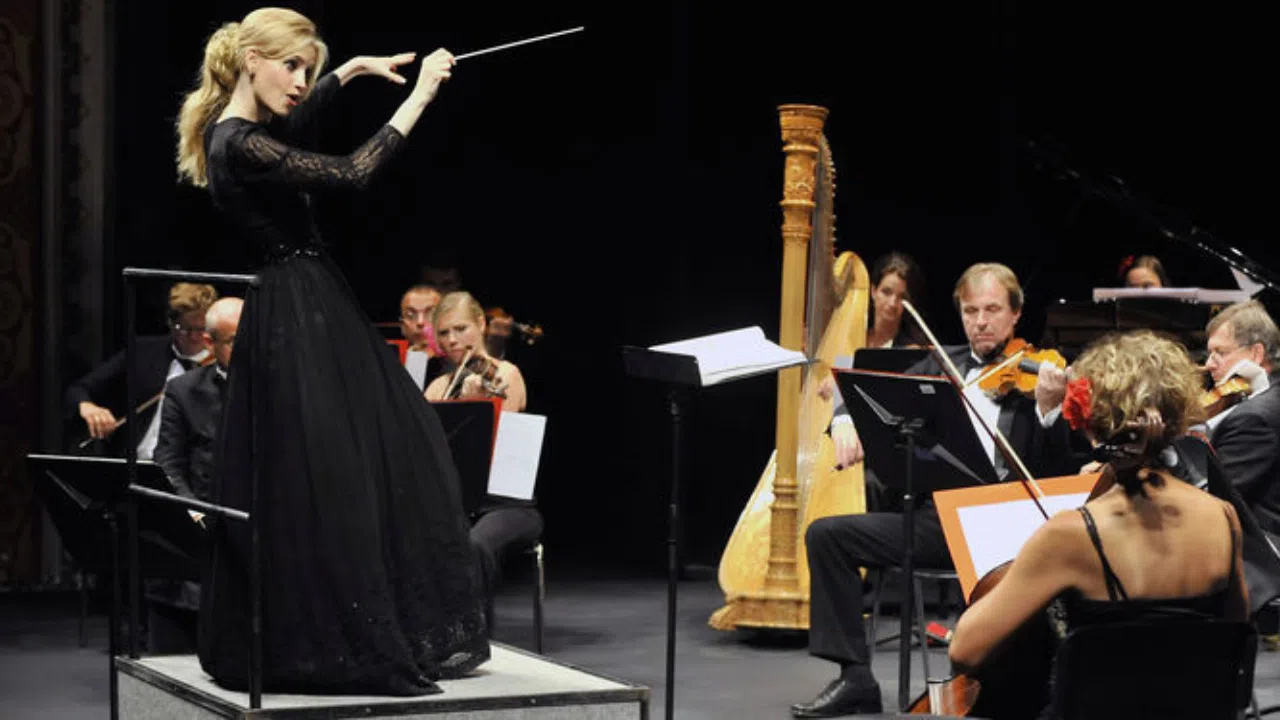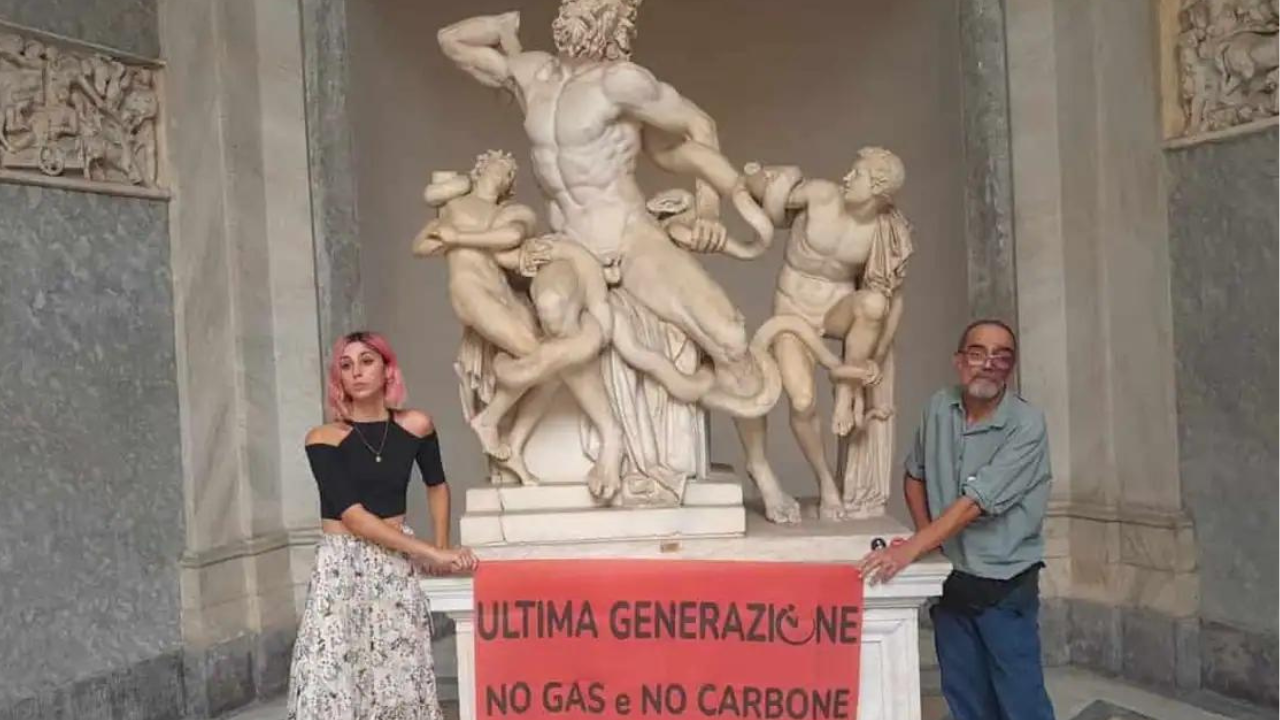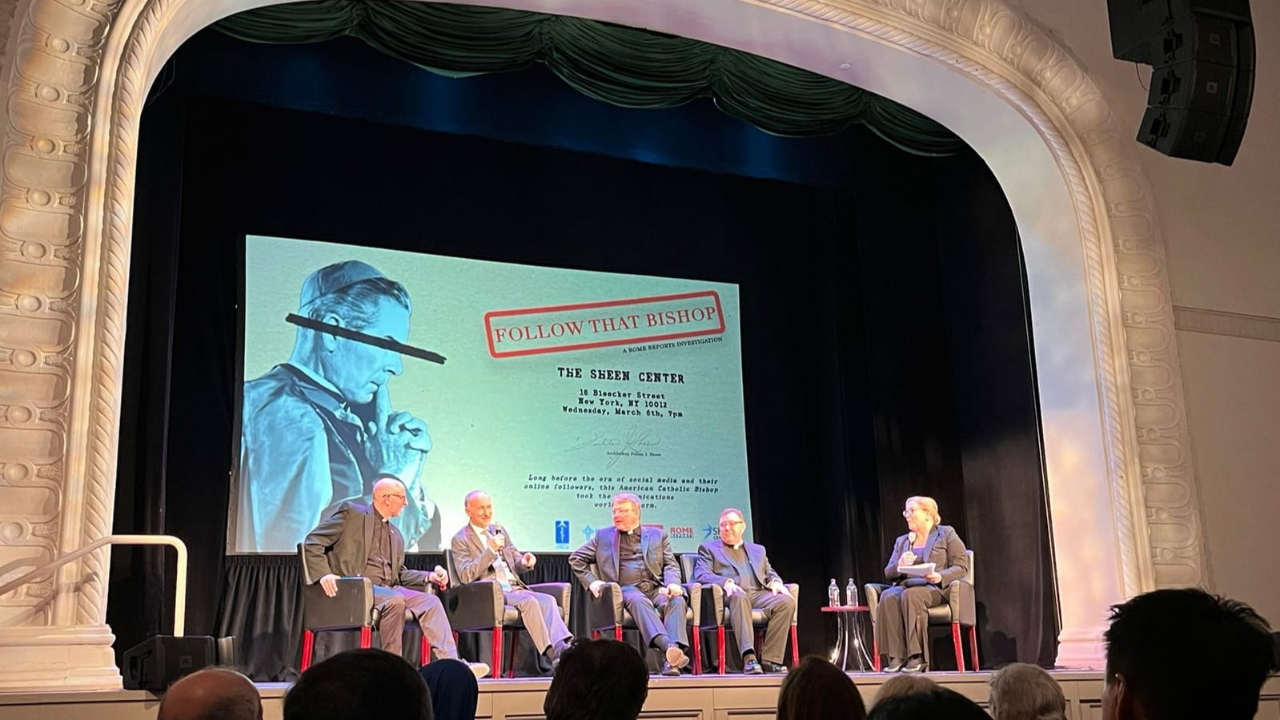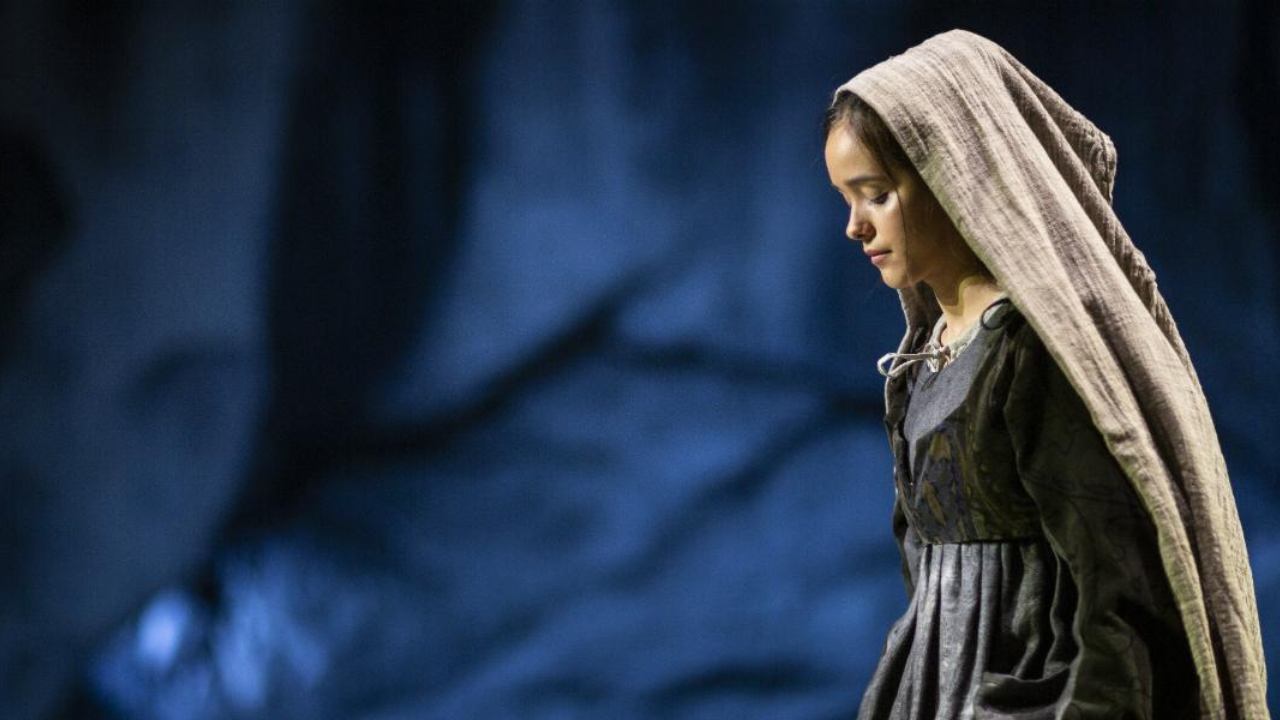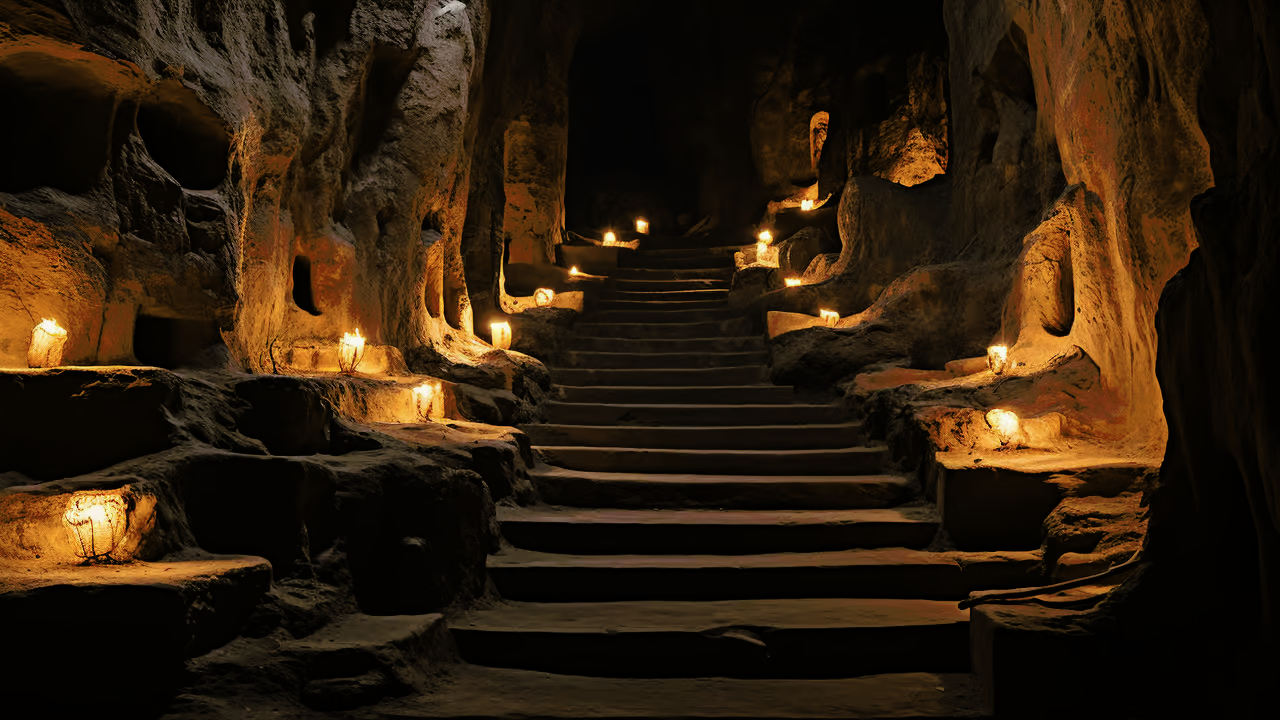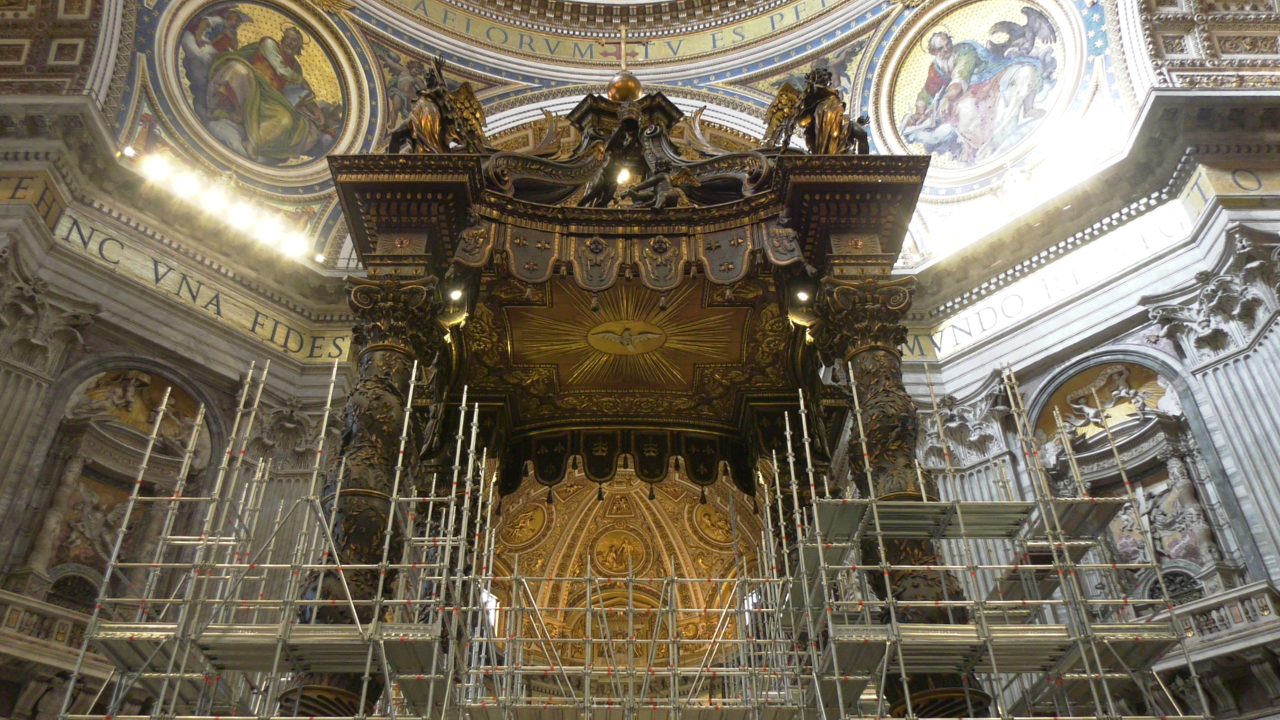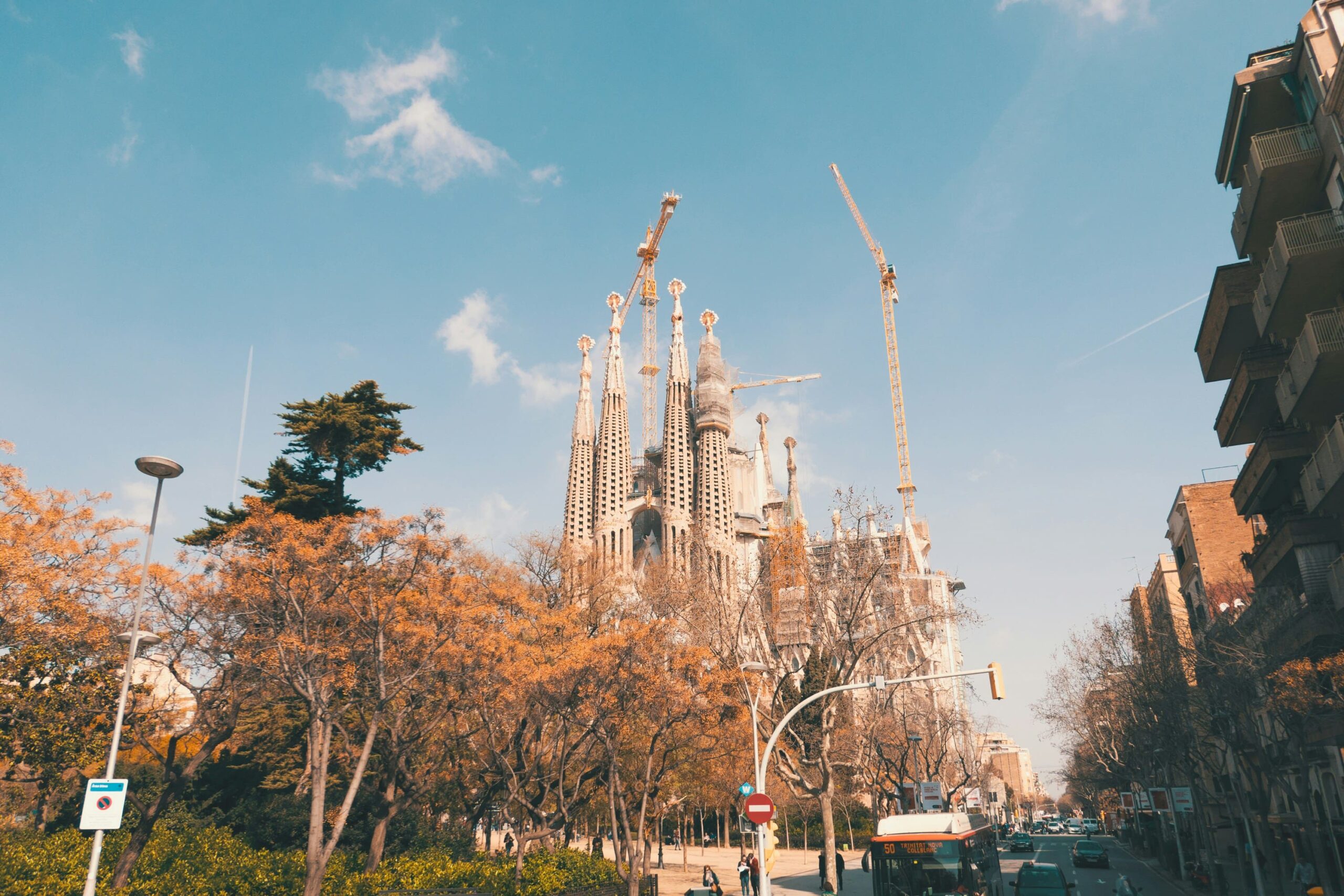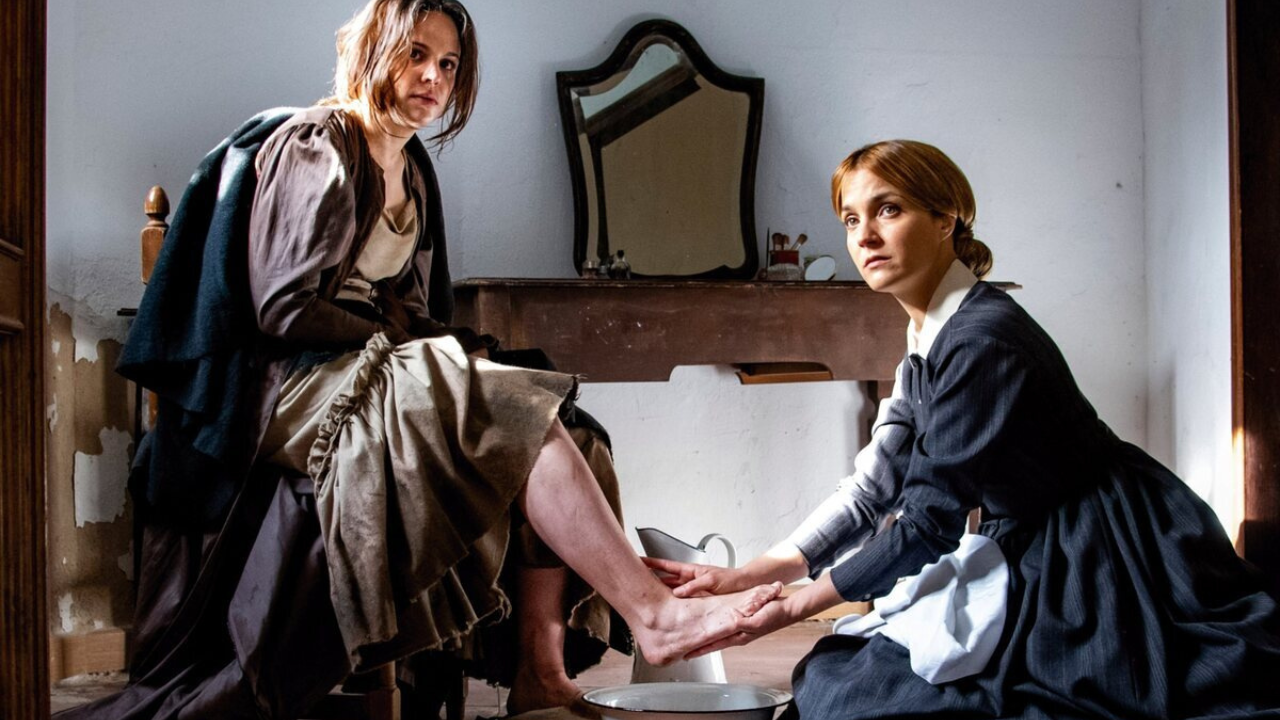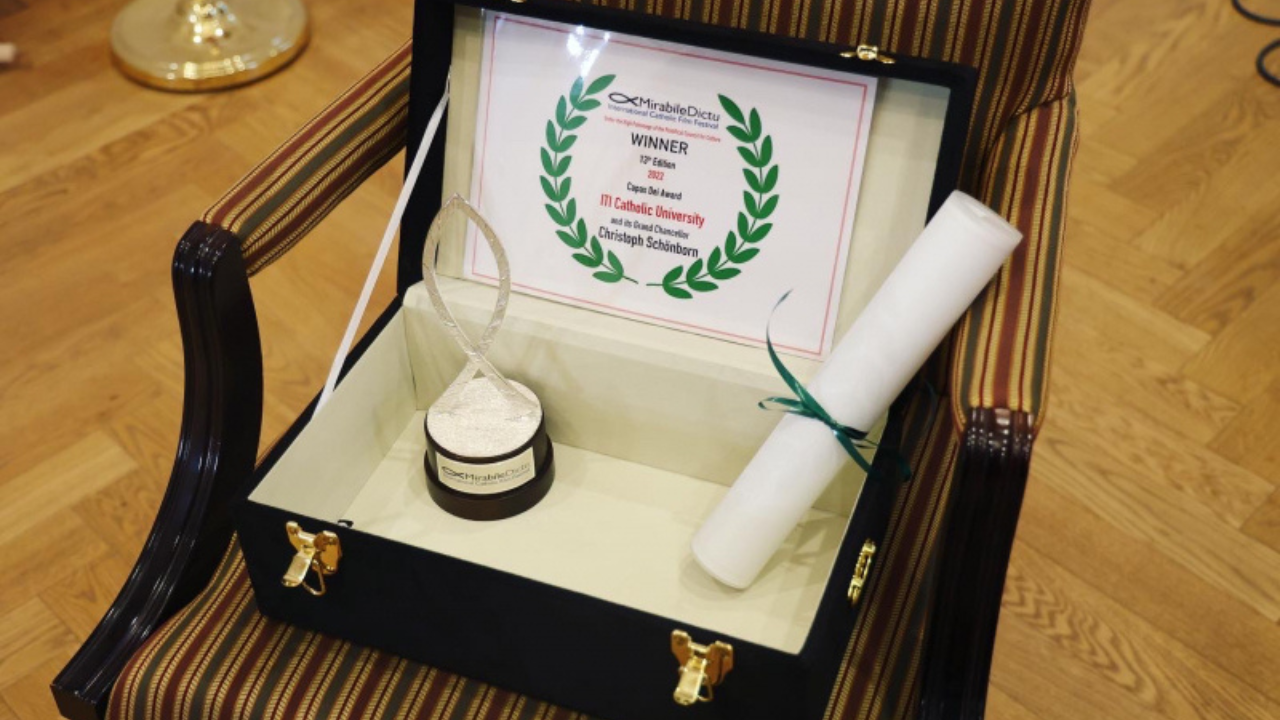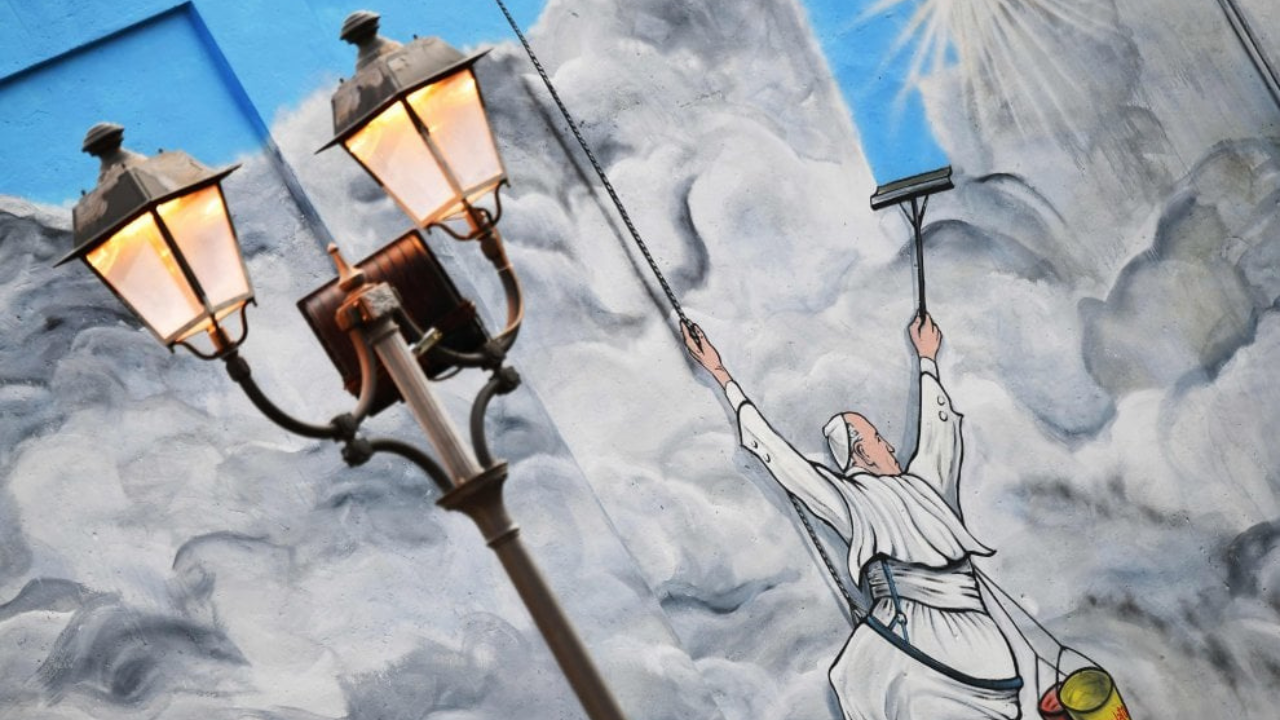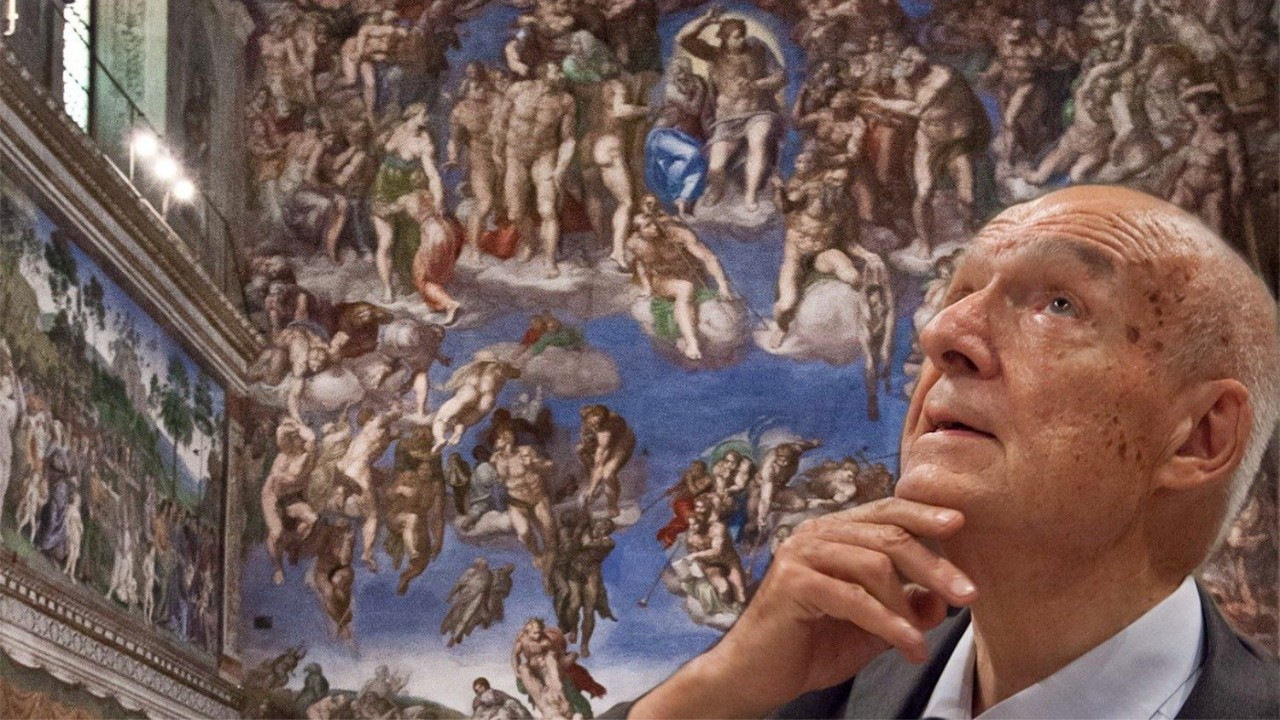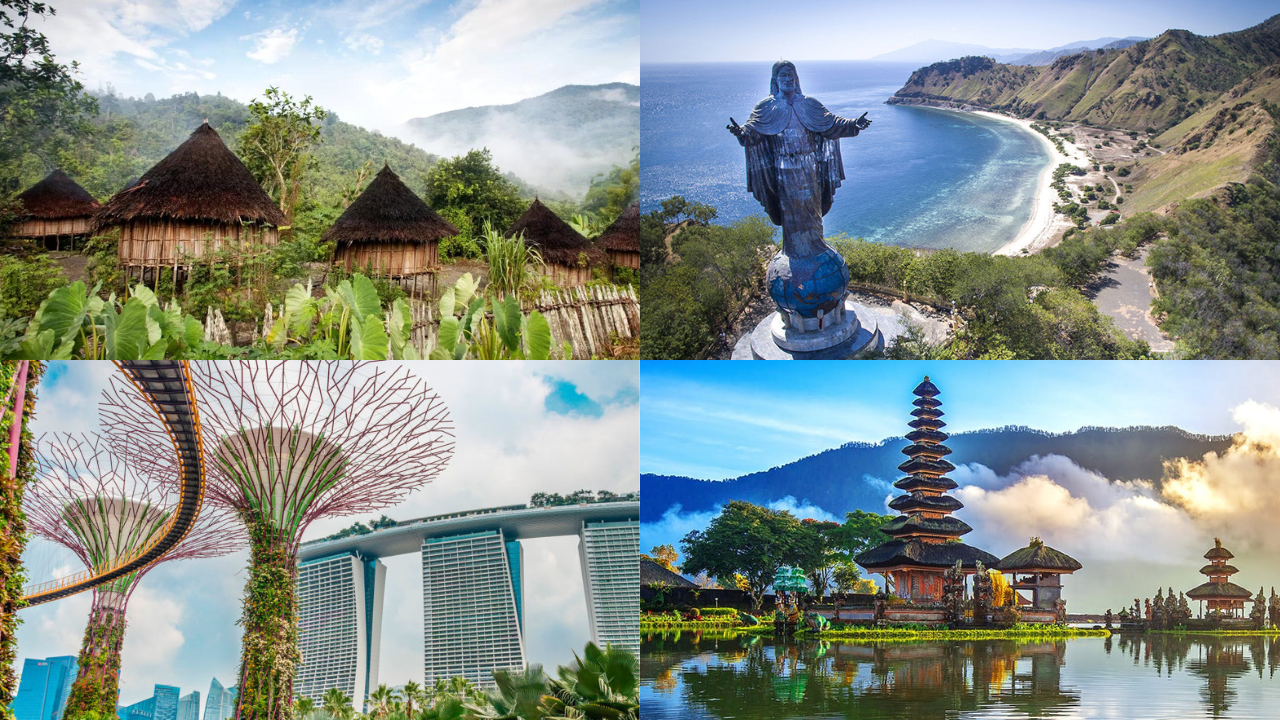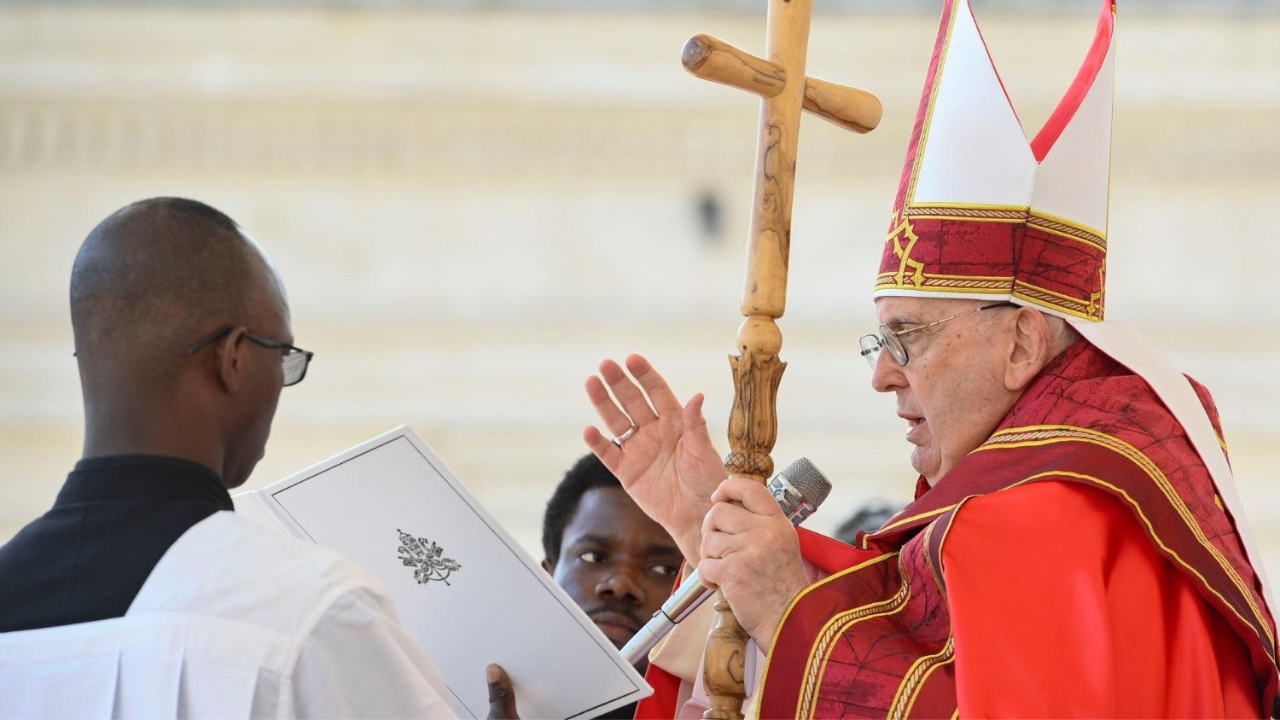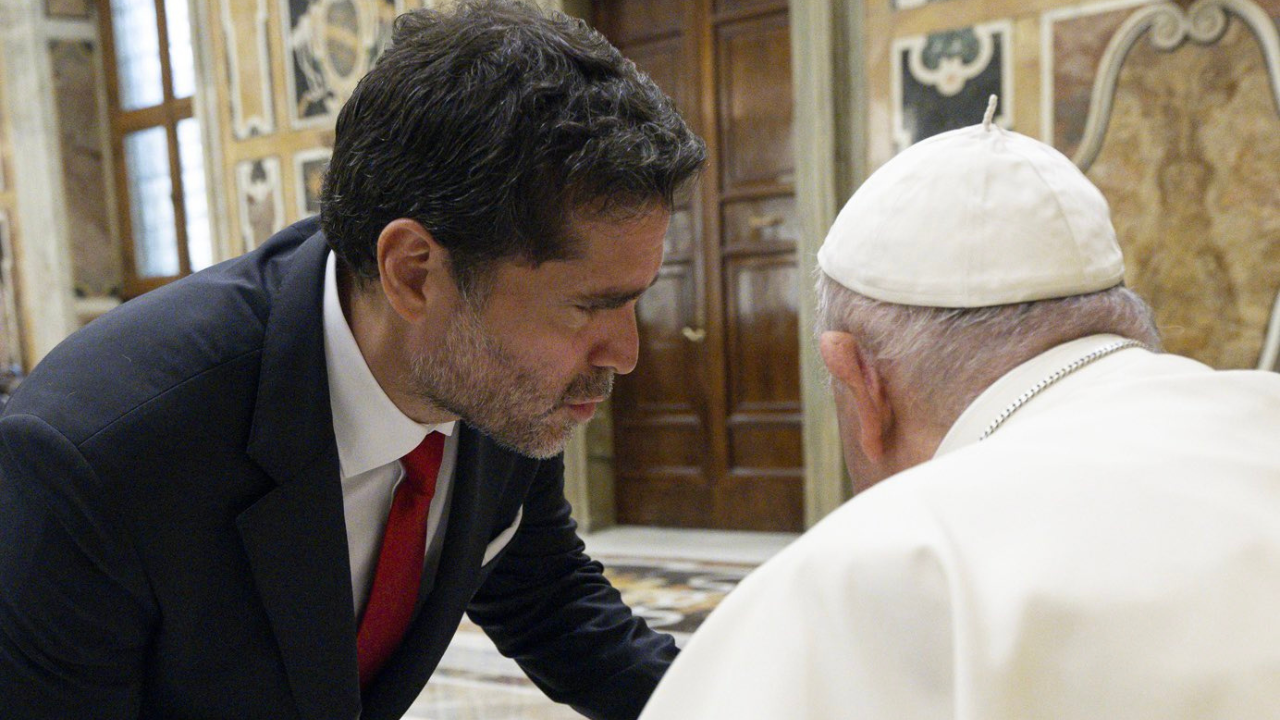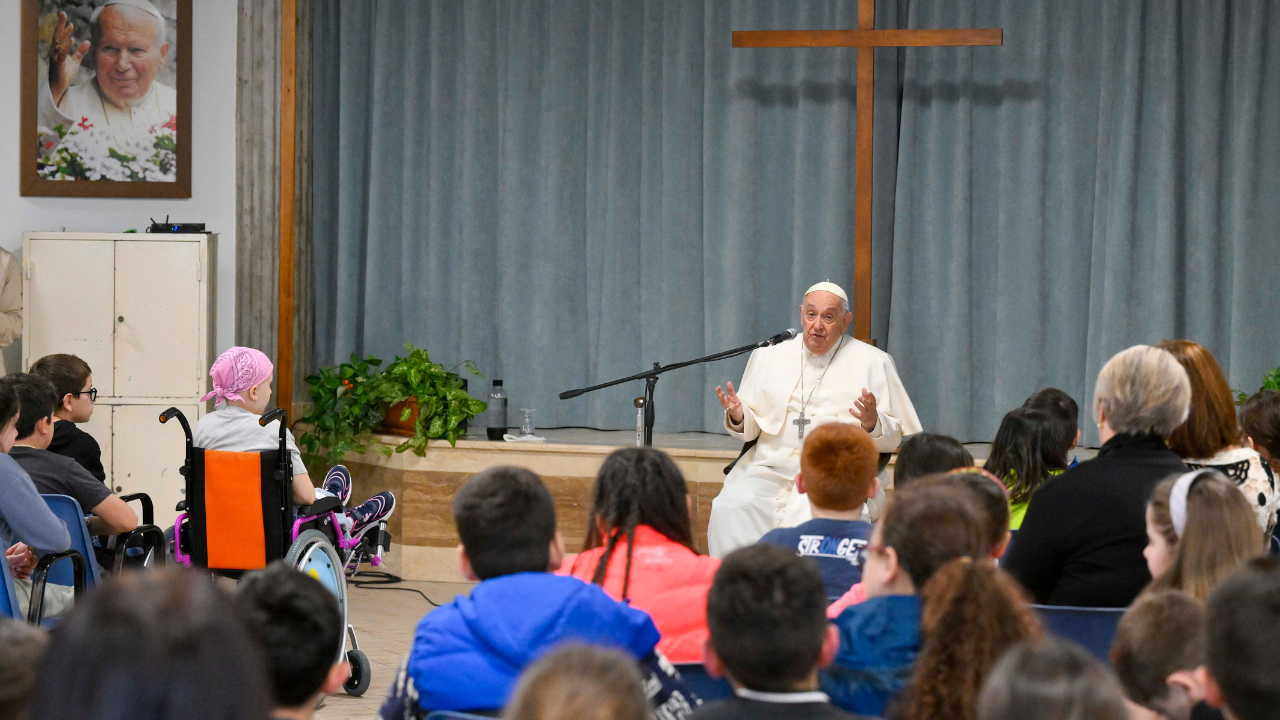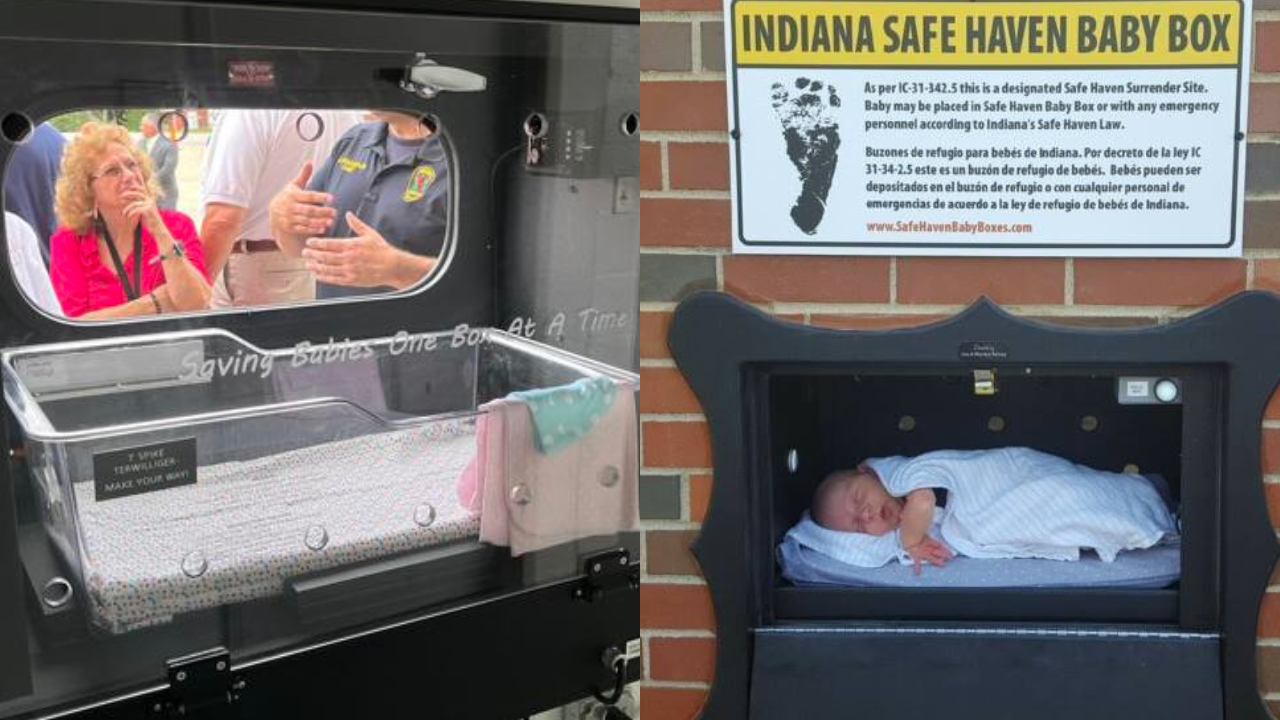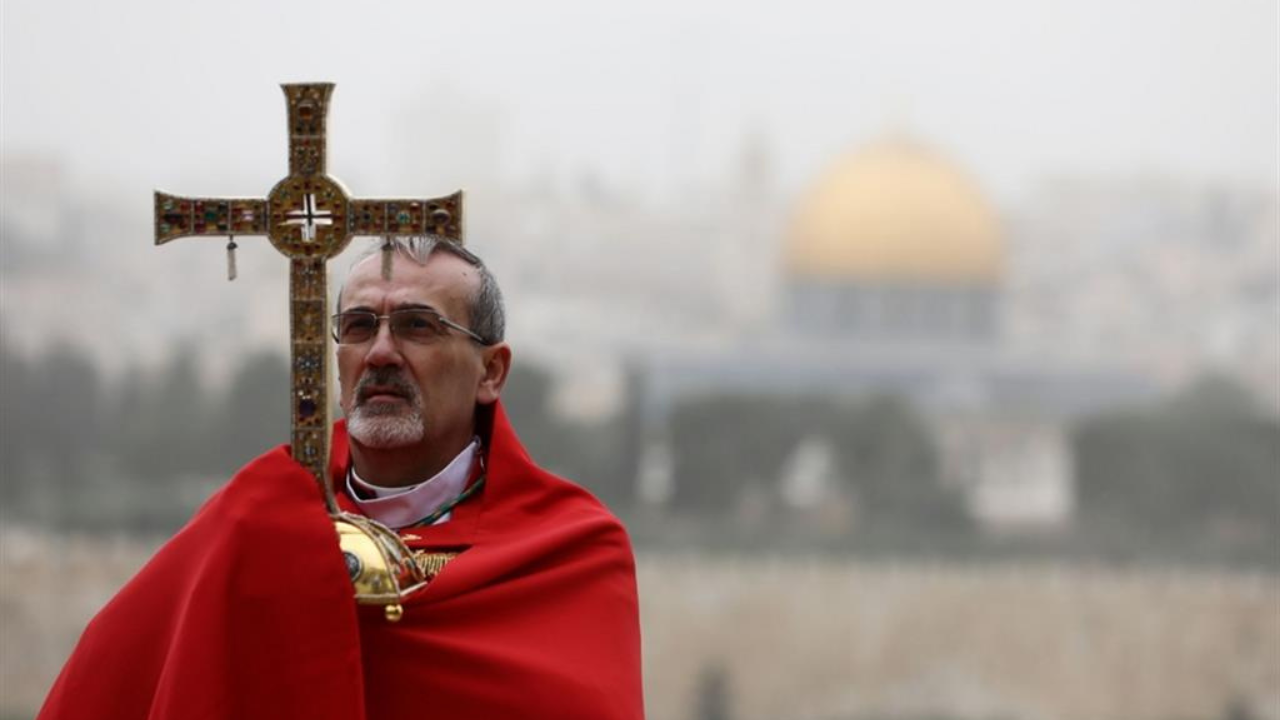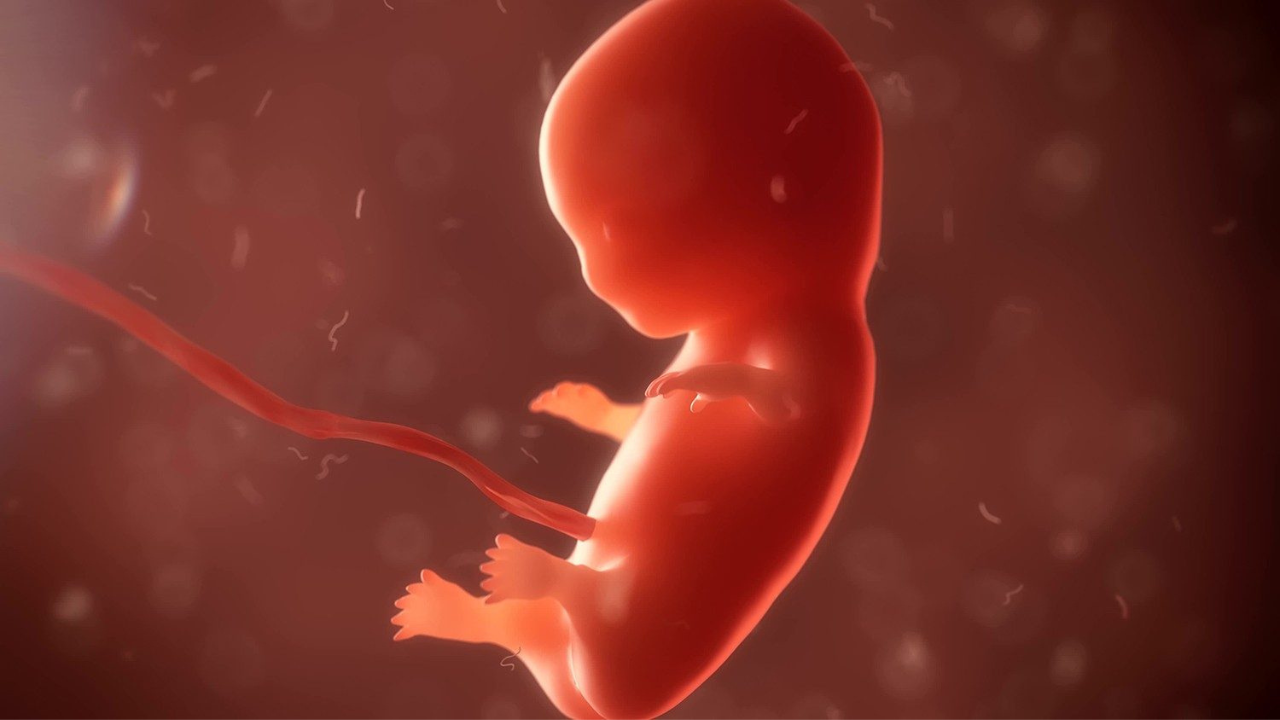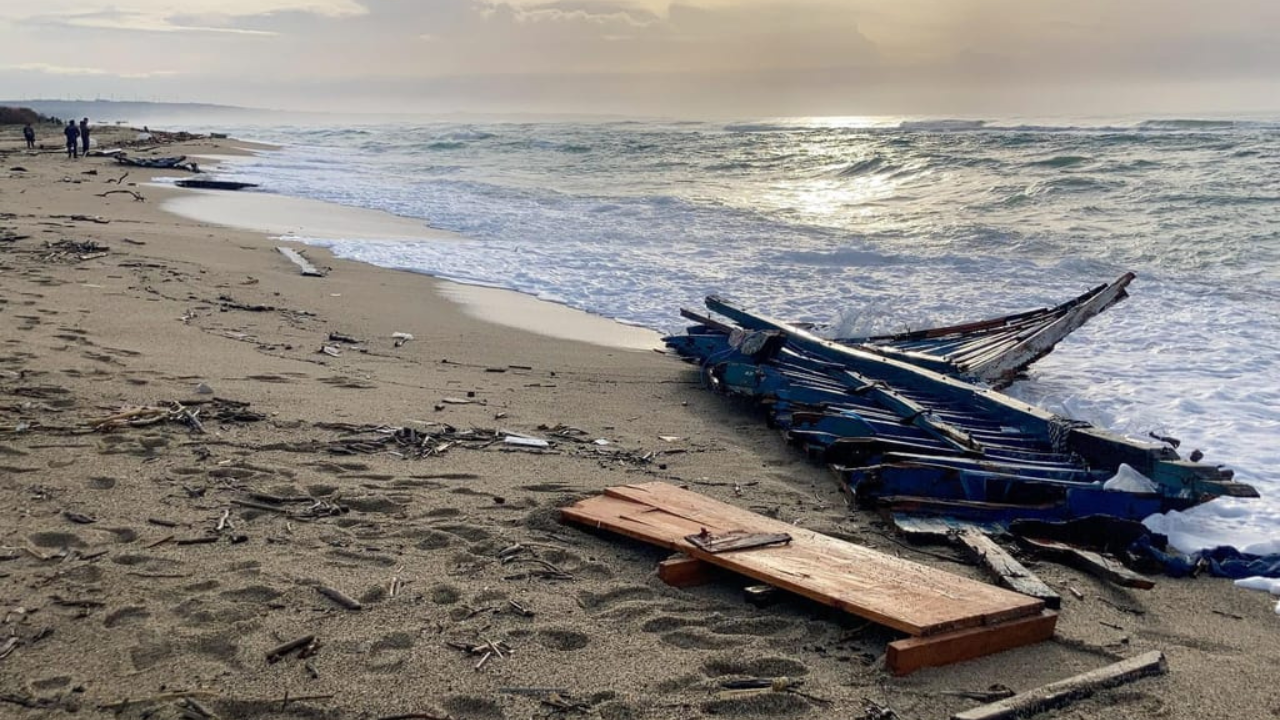For the first time, television cameras have had access to the laboratories of the Vatican Museums. The experts of these laboratories are in charge of restoring artwork from all cultures and parts of the world.
It is a job that cannot be taken lightly, as it requires a lot of dedication and many hours of study.
MARCO PRATELLI
Laboratory of Paintings and Wooden Objects
'Above all, it is necessary to know the substances that are on the surface, and the expert knows this from his experience either acquired through observation or through the attentive scientific analysis that we carry out in laboratories.'
Many people do not fully know the cultural wealth that is hidden in the different rooms of the Vatican Museums. It is one of the most important museums in the world, because in its facilities there are more than 80,000 works of art from different historical periods. Some of them would not be able to be admired by the public if it were not for the hard work of the restorers. ;
Among the museum's restoration experts, there are biologists, chemists, researchers, and curators, all of whom are responsible for 'resurrecting' pieces, which in some cases, were made thousands of years ago. ;
STEFANIA PANDOZY
Ethnological Laboratory
'We work in the lesser known collection of this museum, which holds great universally known masterpieces. But inside this extraordinary museum, there is also the ethnological collection, with objects collected by several popes who have preceded us and who have preserved the memory ;of all peoples, without exception.'
Approximately 6 million people visit the Vatican Museums each year. They are able to see work ranging from Greco-Roman statues to exclusive relics of the Etruscans and Egyptians. Artists who greatly impacted history, such as Giotto, Caravaggio, Leonardo, Michelangelo, and Rafael, continue to astonish visitors with their unique details and realism that have endured through time. ;
It is not only the big names that have space, but also craftsmanship from different ethnic groups in China, Tibet, Papua New Guinea, Indonesia, Thailand. ;
These are the living testimonies of creativity, beauty, and different cultures. Though some of them are missing, they still serve as a way to educate the public in diversity, and the importance building bridges. ;
STEFANIA PANDOZY
Ethnological Laboratory
'The museum today can be an extraordinary instrument for communication and also for education. We believe in the role of a cultural mediator, that a restorer works at the service of the people and therefore have a social and educational value. The value of diversity, a diversity that unites and does not divide, and dialogue, so we become bridges. '
The museum manages to find a point in common between diverse cultures all at the same time. It achieves this not only by confining itself to religious works, but instead by embracing all of mankind.
AQ/JC
AA
FL
-PR
Up:AC
